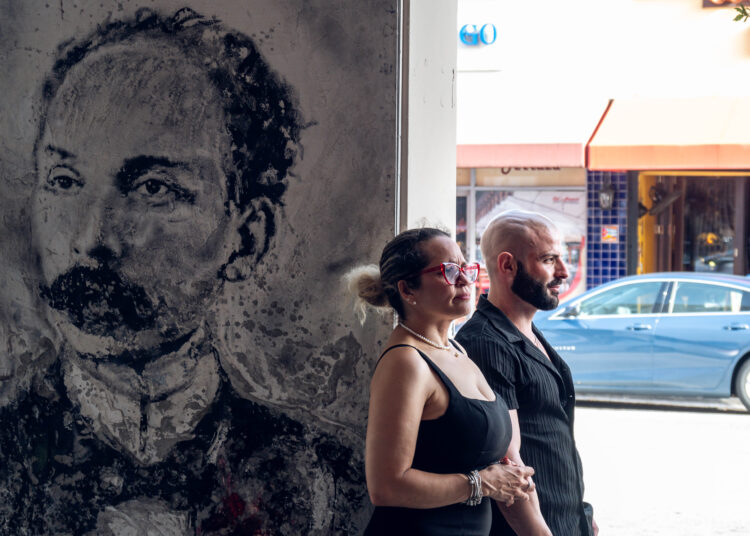As a child, I imagined that all the Cubans who had emigrated to the United States lived in Little Havana. In my mind, Miami was reduced to that neighborhood in the heart of the city. I grew up with that idea, fueled by the strong Cuban presence and the growing fame of Little Havana. Not in vain is it the icon of the Cuban diaspora worldwide.
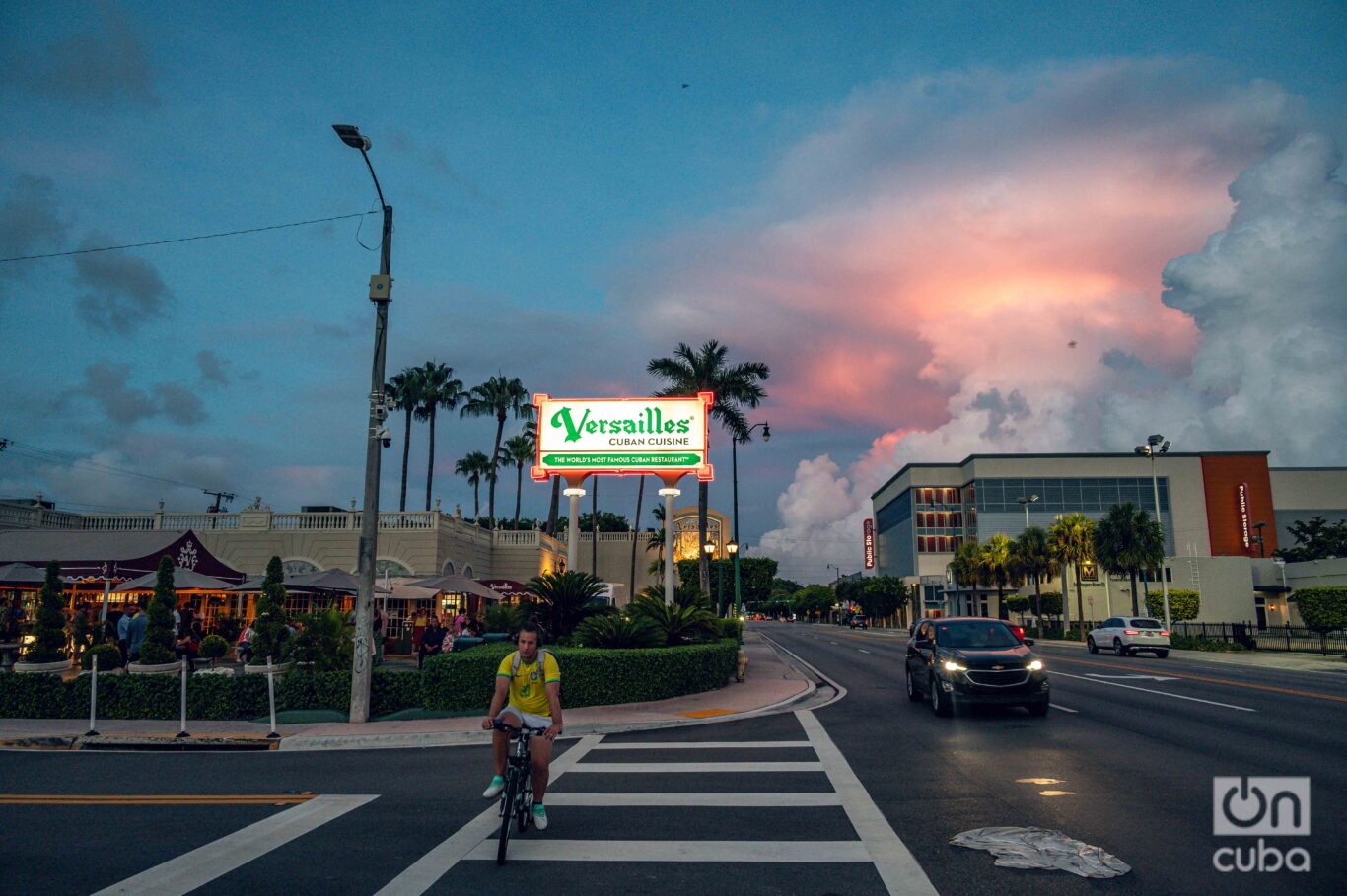
More than a century ago the neighborhood was called Riverside and was predominantly Anglo-American. Curiously, there were already signs of the presence of some Cuban families back then.
In the 1930s it was the Jewish community that drove the growth of the area, with the construction of homes and businesses. However, with the massive arrival of Cubans after the triumph of the Revolution in 1959, the neighborhood began to change. What was just another corner of the city became the refuge of a community of Cuban expats.

Many Cubans knew Miami well before 1959. Since the 1940s, it was common for the island’s middle class to visit the city to shop and stroll. However, the wave of exiles in the 1960s forever changed the essence of Little Havana. The vibrant colors, the aromas of Cuban food, the music that resonated on every corner…everything evoked Cuba; also politics, in fact, one of the most marked features. It was not just a neighborhood; it was, for better or worse, a piece of the island brought to South Florida.
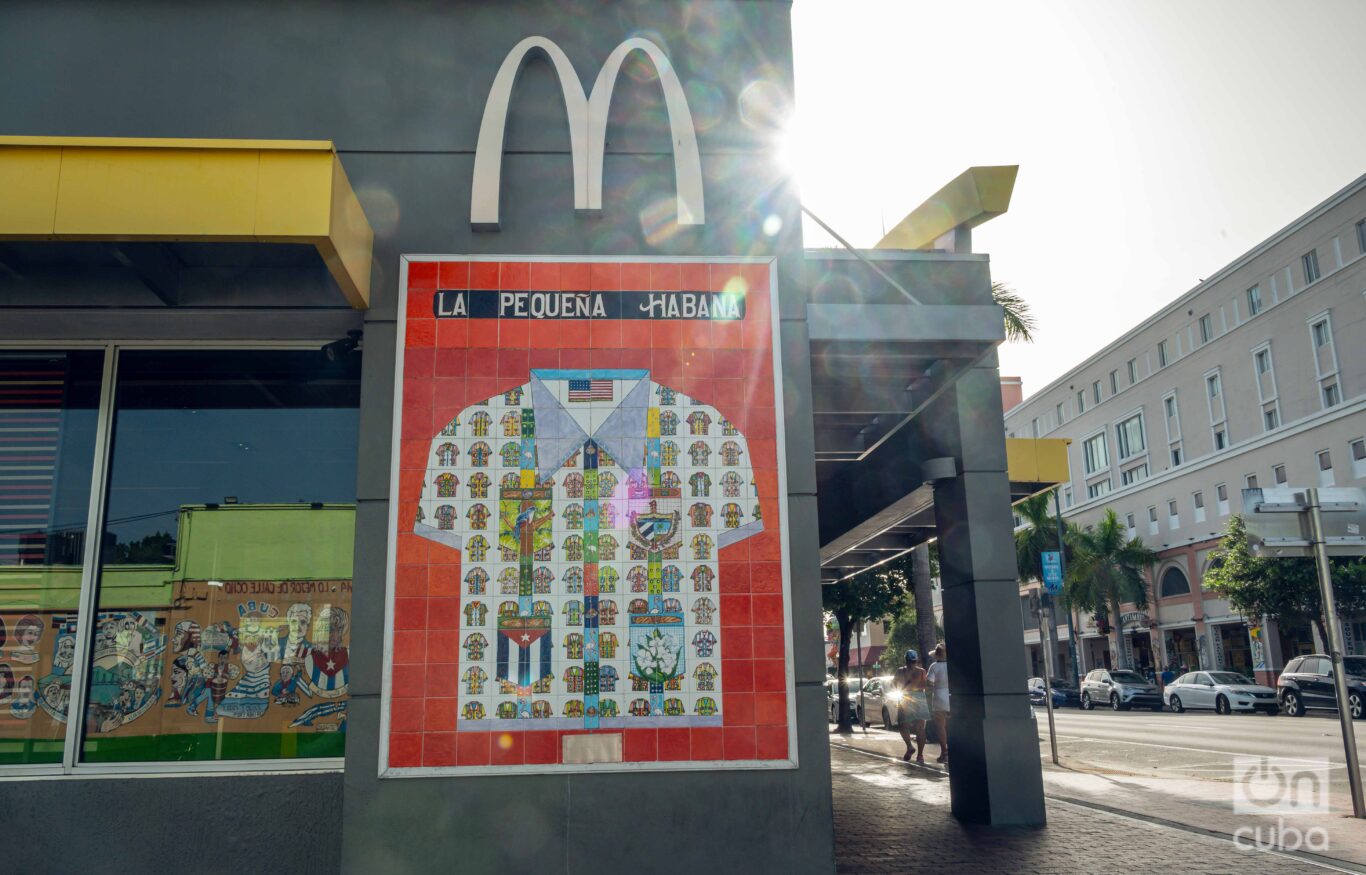
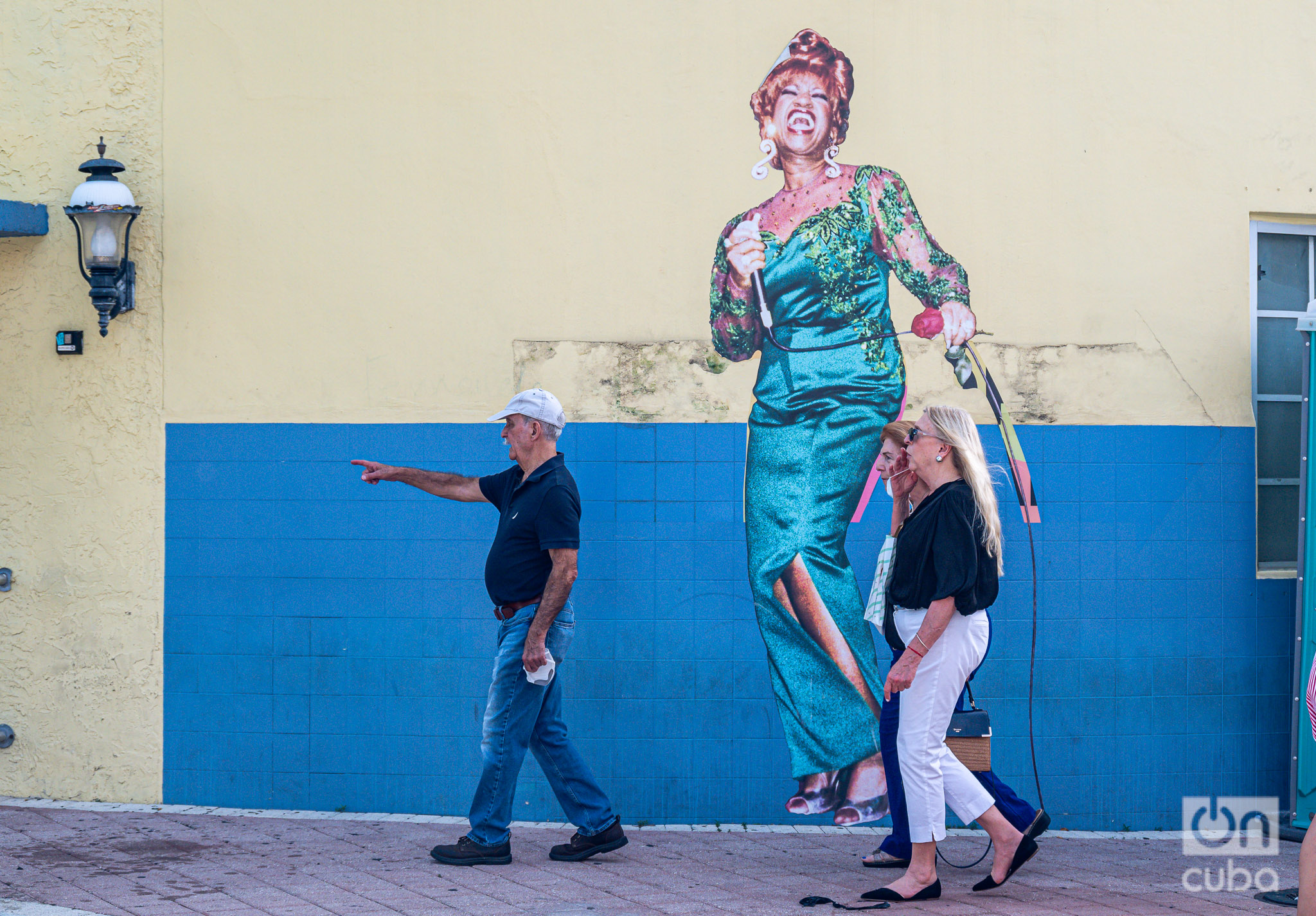
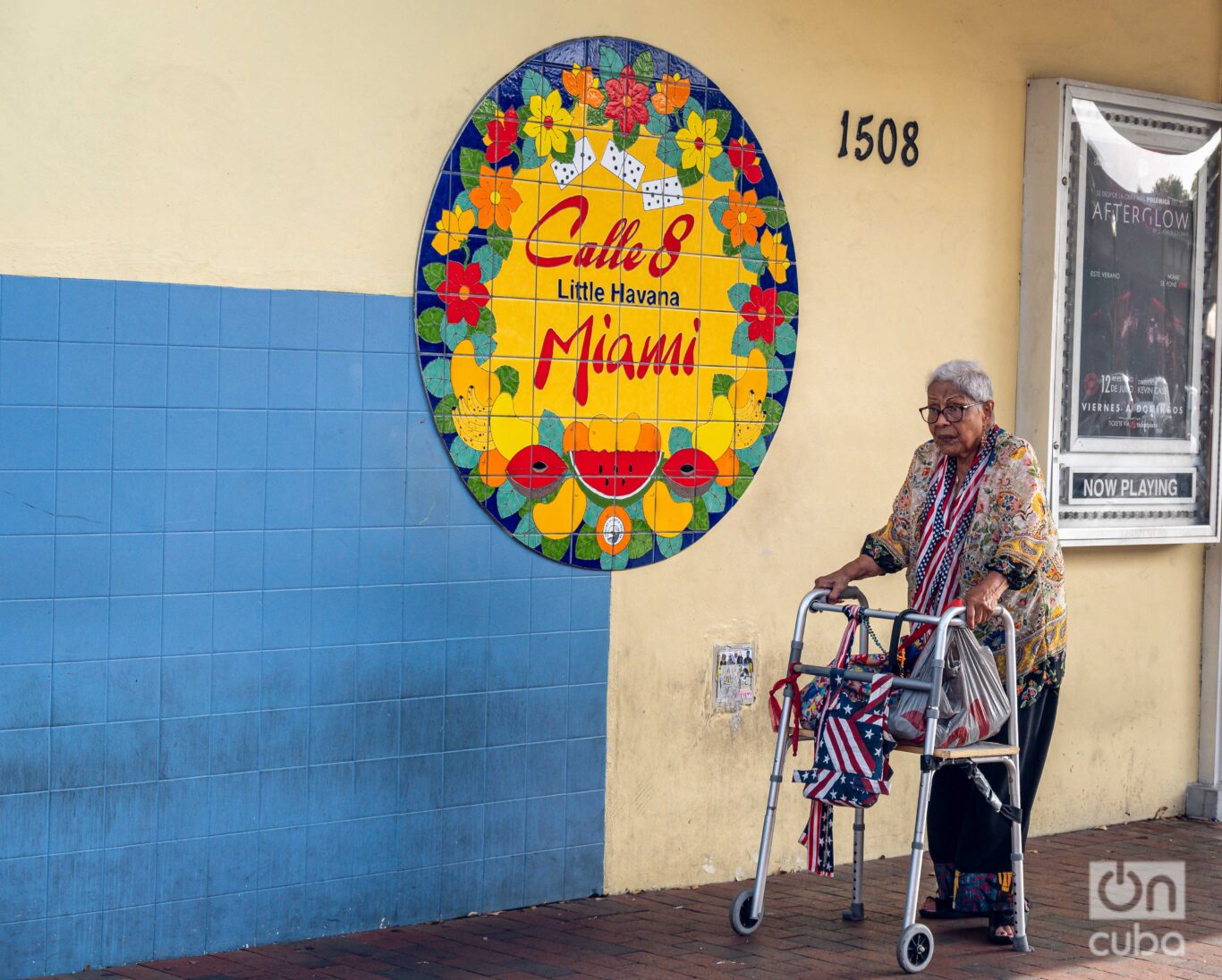
The growth of the Cuban community in Miami was unstoppable. By the end of the 1960s, more than 400,000 Cubans had settled in the city and its surroundings. Little Havana was consolidated around the nostalgia for a “tiny little island” (as they say in the classic film), which moved at a different pace and in a different direction, just 90 miles away.
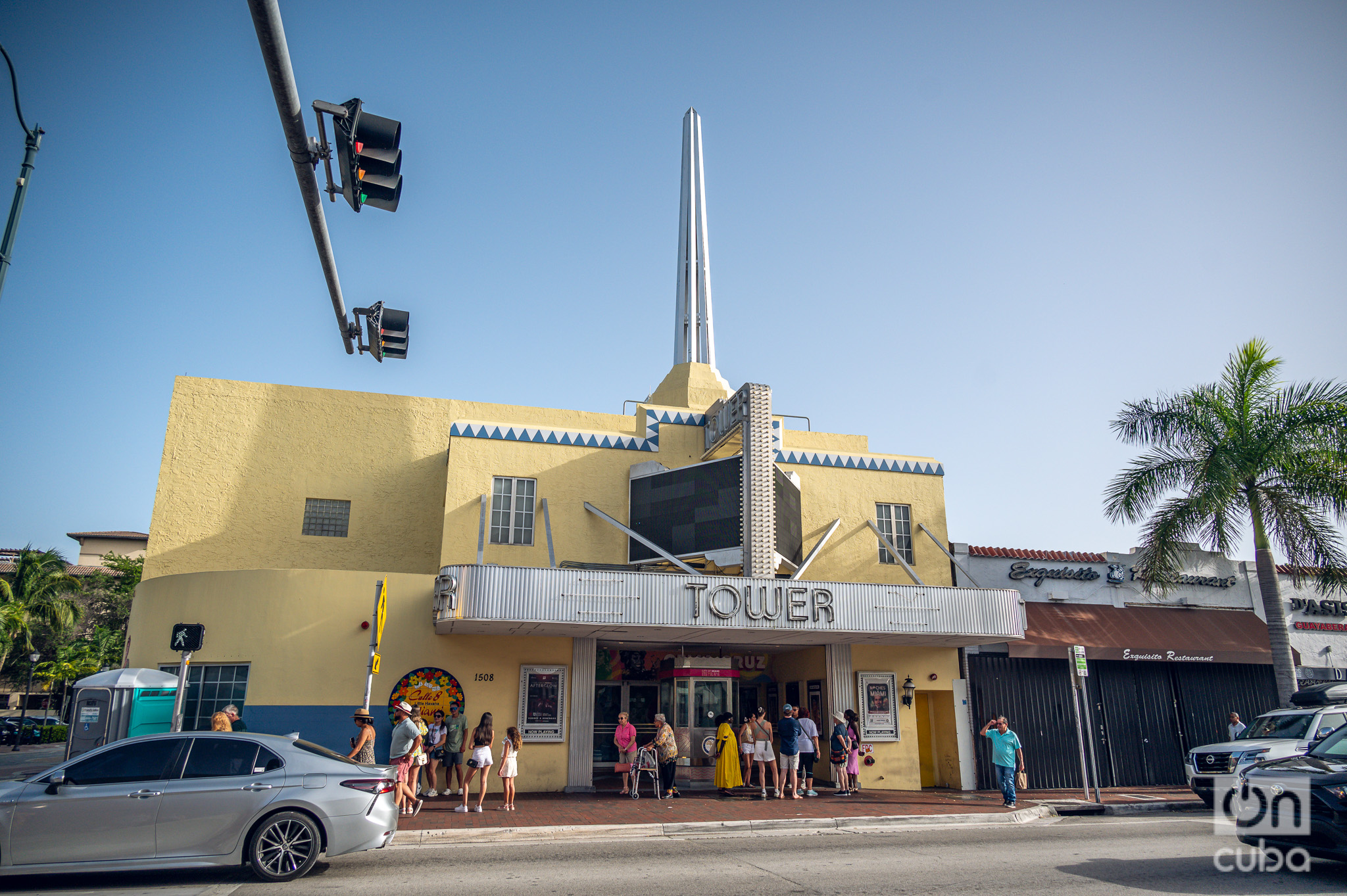
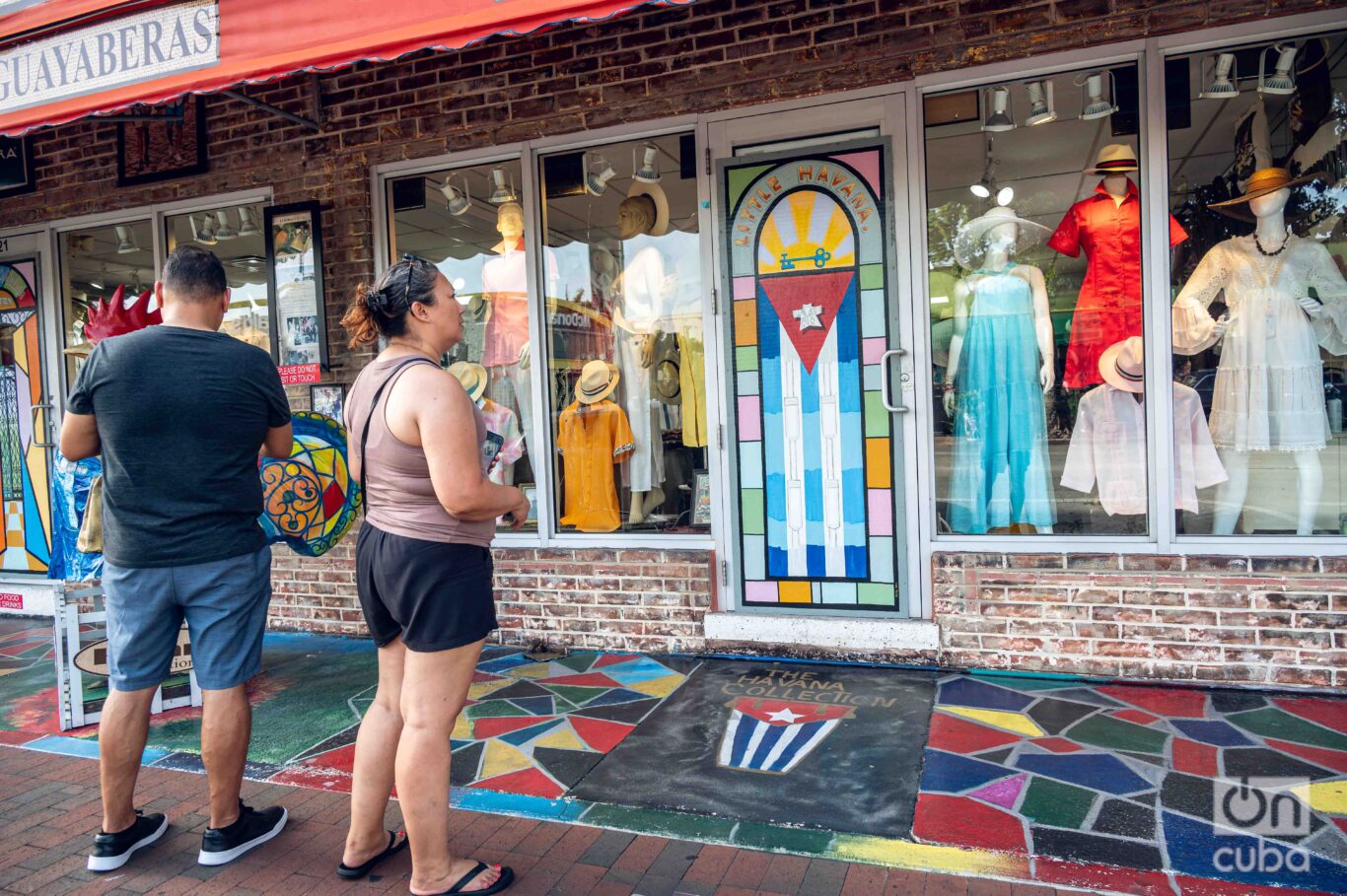
Walking down Calle Ocho, Little Havana’s main artery, is like crossing a portal to Cuba. Sculptures of multi-colored roosters adorn the corners; restaurants, bars and shops, especially between 10th and 16th streets, invite you to immerse yourself in the Cuban essence.
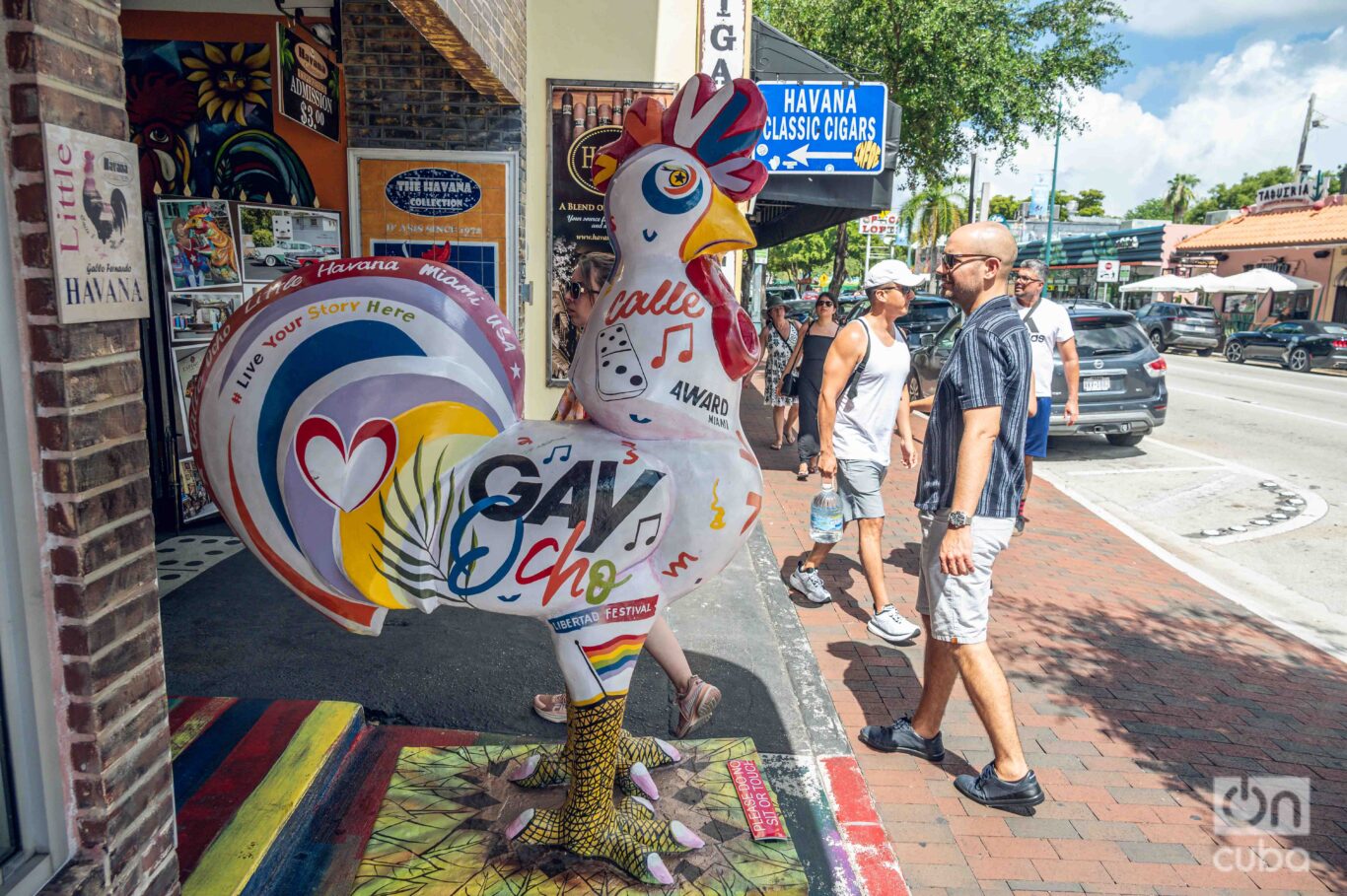
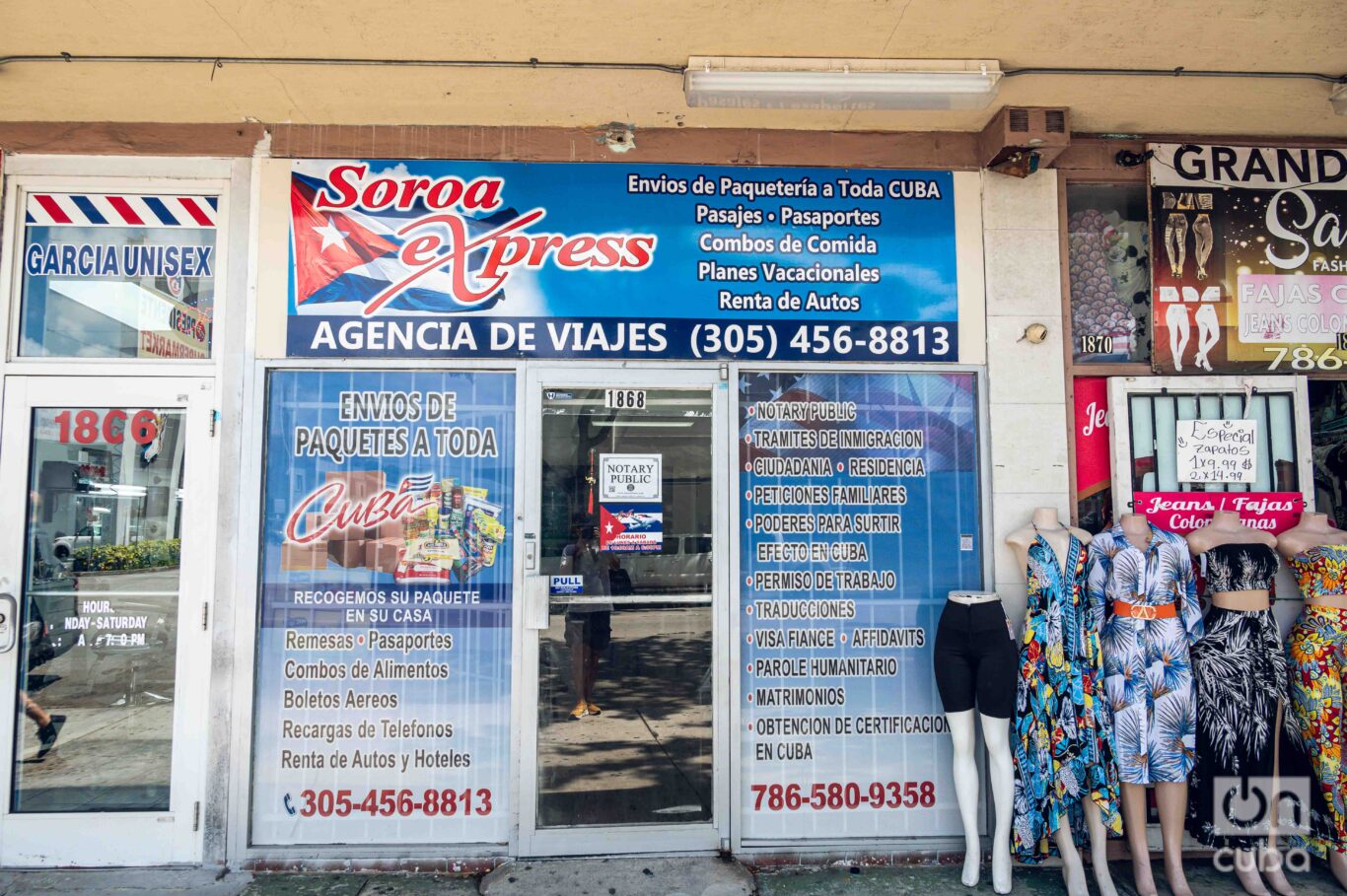
There is the Avenue of Fame, in honor of outstanding Cuban and Latino figures in art, music, cinema… In it, marble stars immortalize those who, outside of Cuba, took Cuban culture beyond, like the great Celia Cruz.
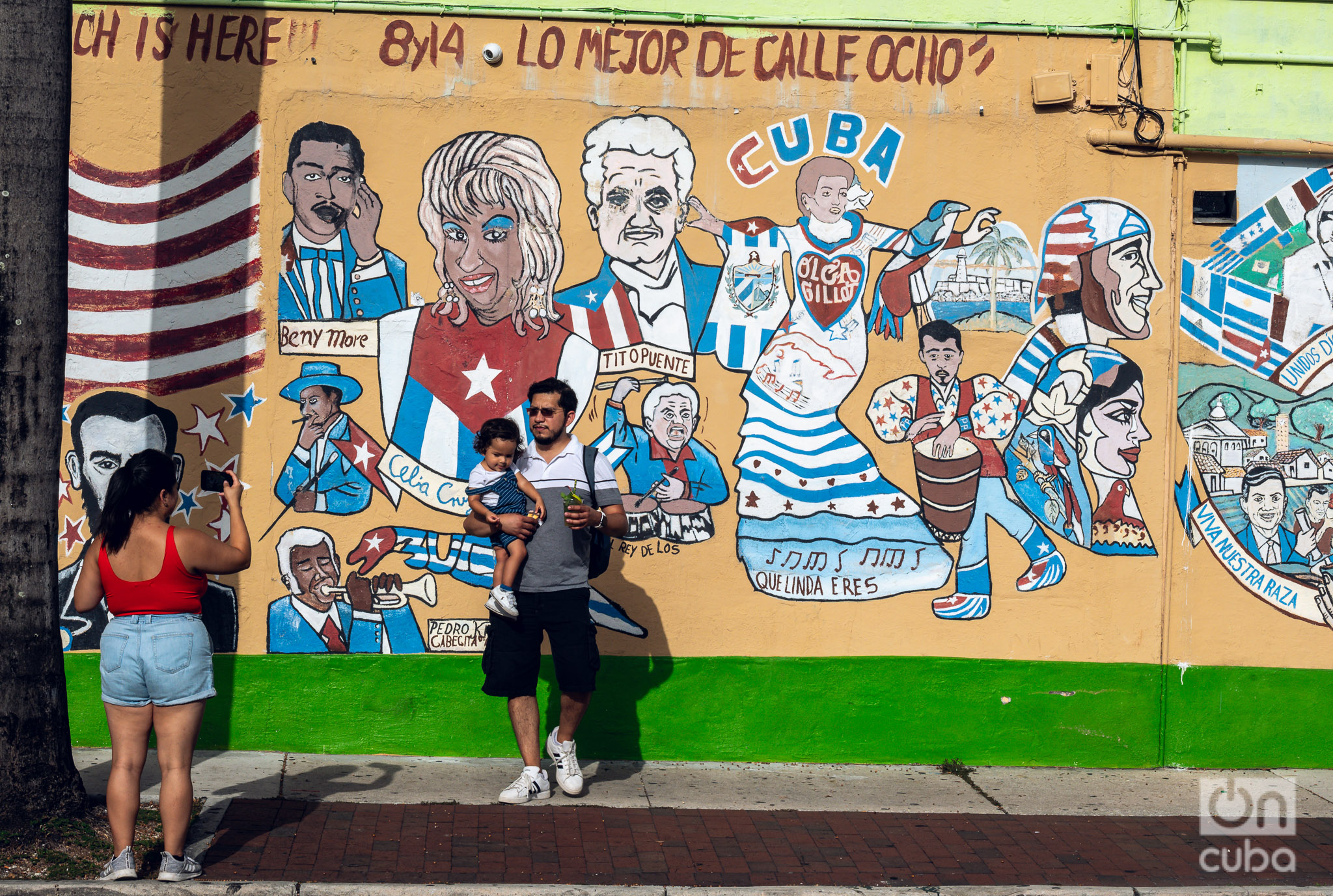
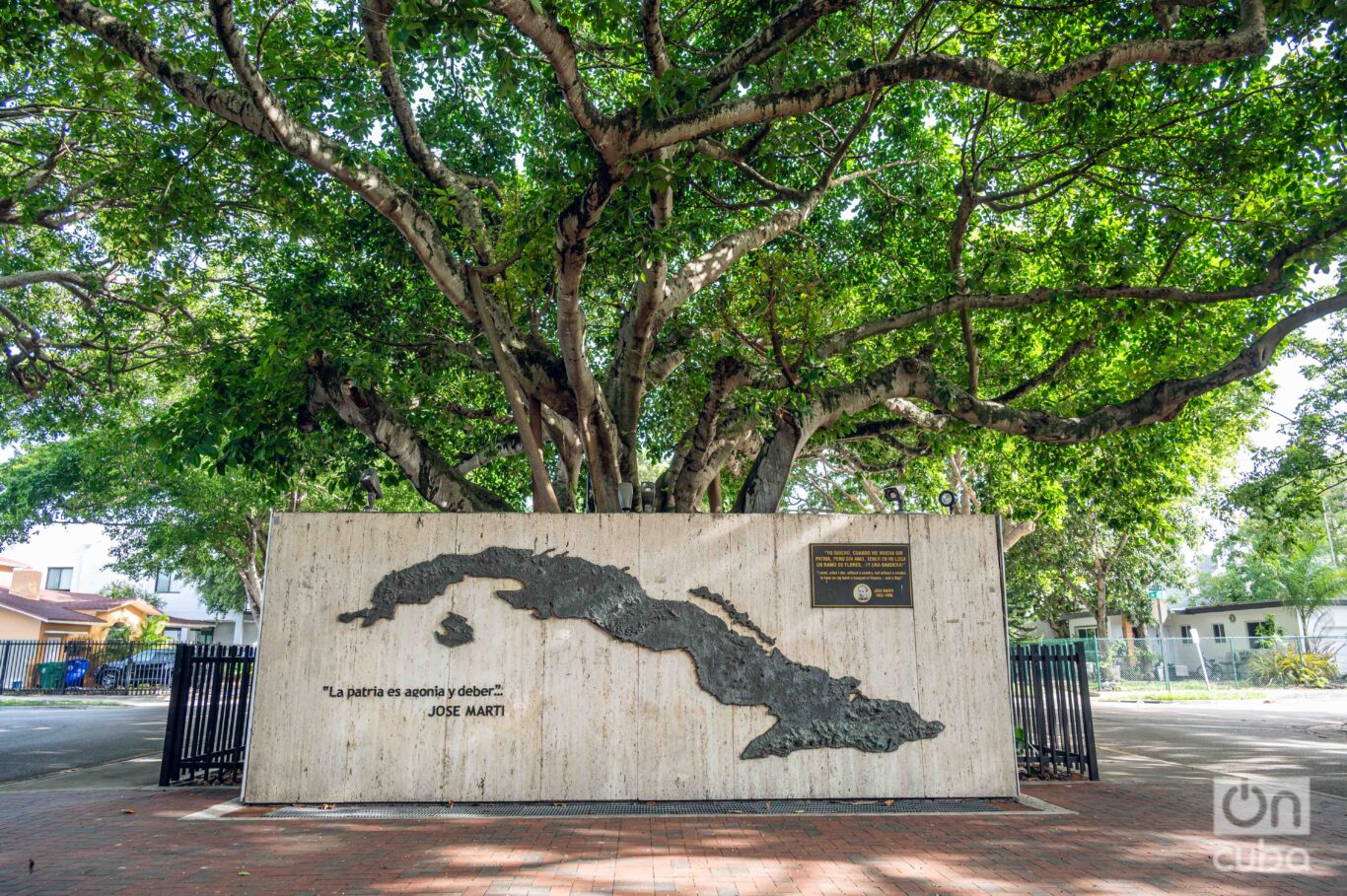
Passersby are greeted by precisely the smile of the Queen of Salsa in a large-scale mural. In a giant image at the turn of the Tower movie theater, films celebrating Latino culture are projected and in front of the iconic Domino Park, officially called Máximo Gómez, neighbors gather to play, talk, and keep alive a tradition that has transcended generations. A few blocks away is the Parque de la Memoria Cubana (Cuban Memory Park), a boulevard where several monuments commemorate the history of the Cuban exile.

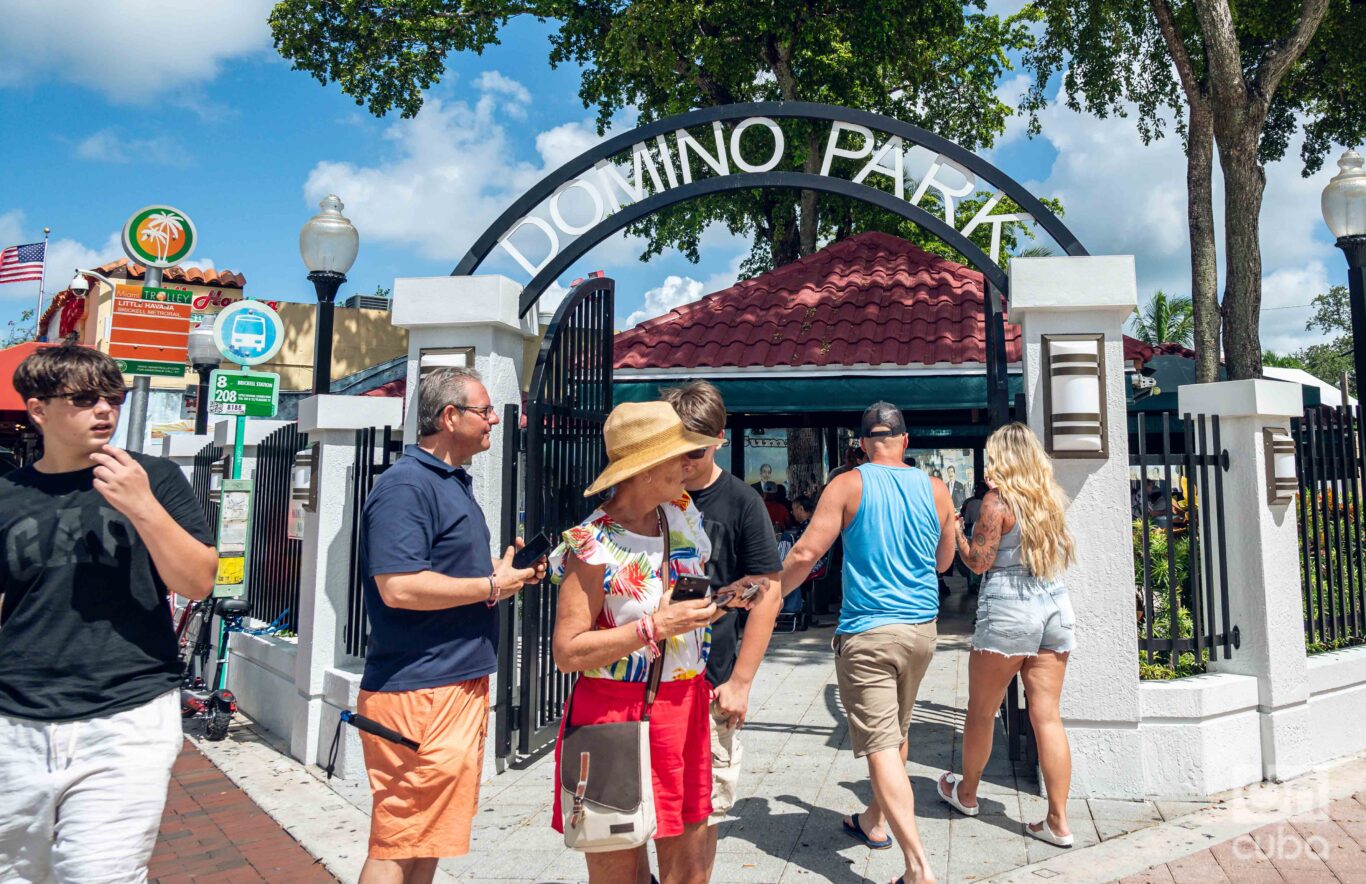
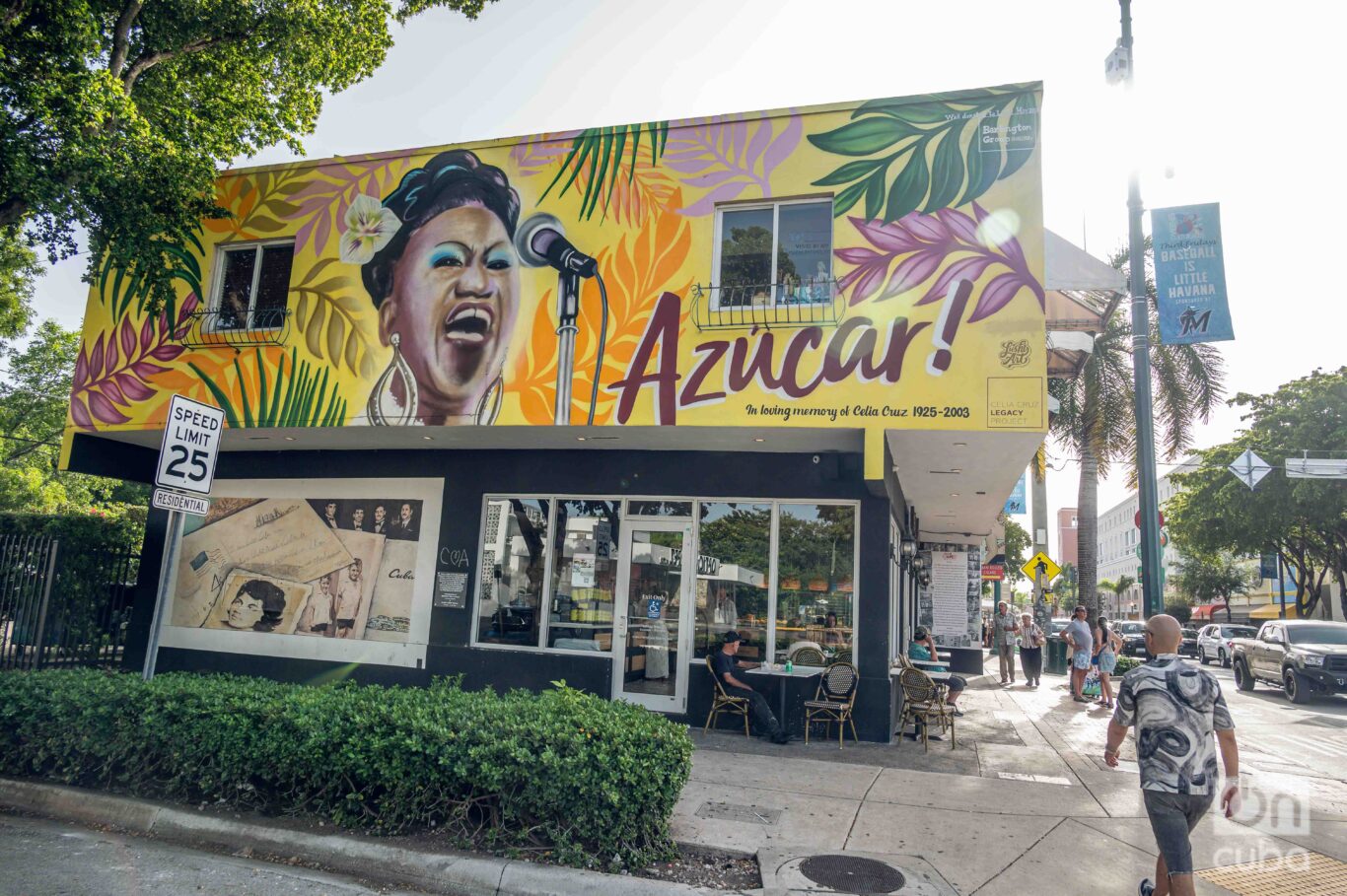
However, something has changed. Although the neighborhood remains a reference point for Cuban culture, Little Havana seems to have frozen in time, like an open-air museum.
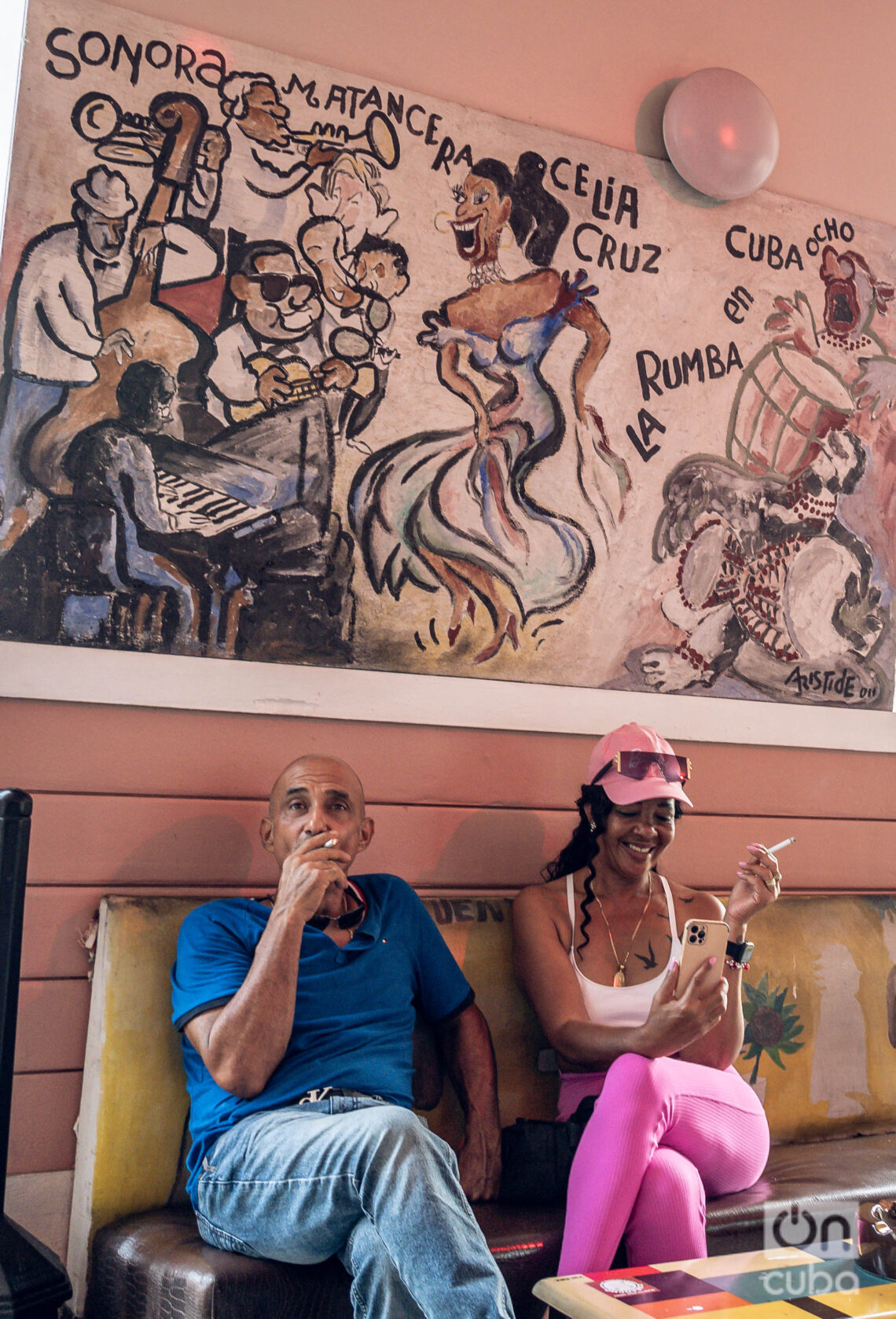
Cubans are no longer the majority in Little Havana. The neighborhood has been transformed by a mix of Central American immigrants, and local authorities estimate that, of the 60,000 inhabitants who live there, only a third are Cuban.
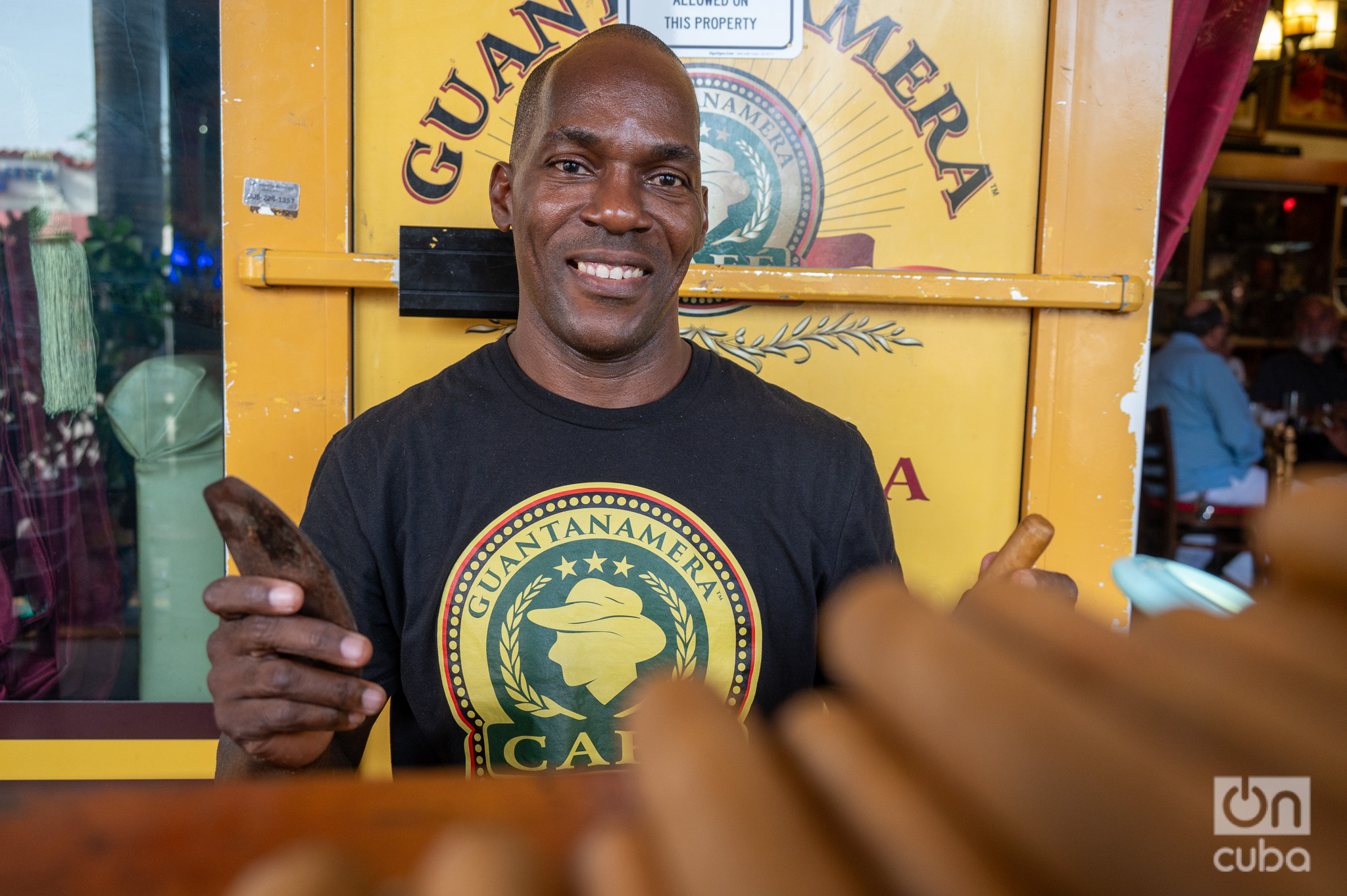
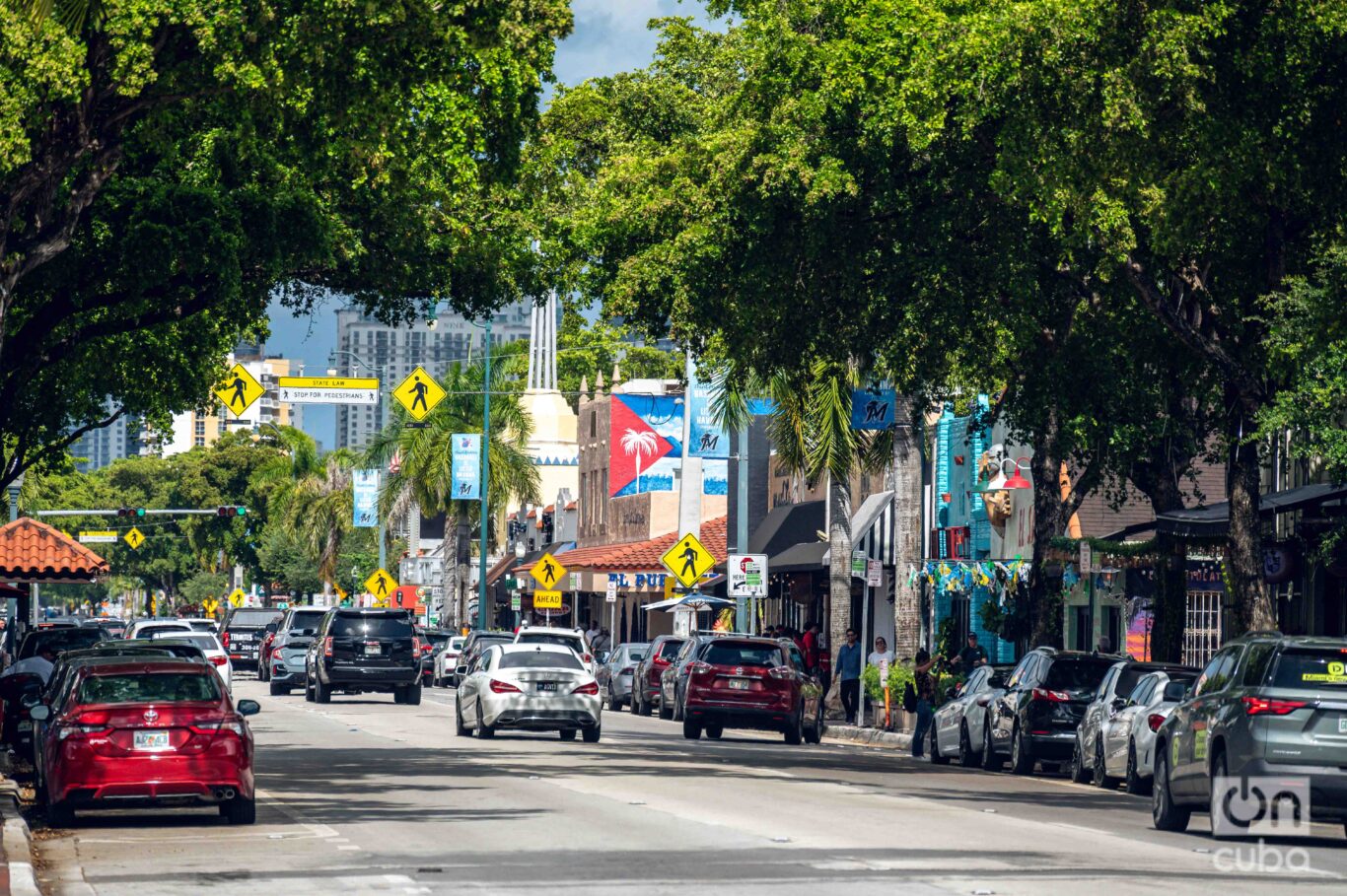
Little Havana remains the beating heart of the Cuban community in Miami. Its streets tell the story of nostalgia and an identity that, far from fading, remains palpable.

